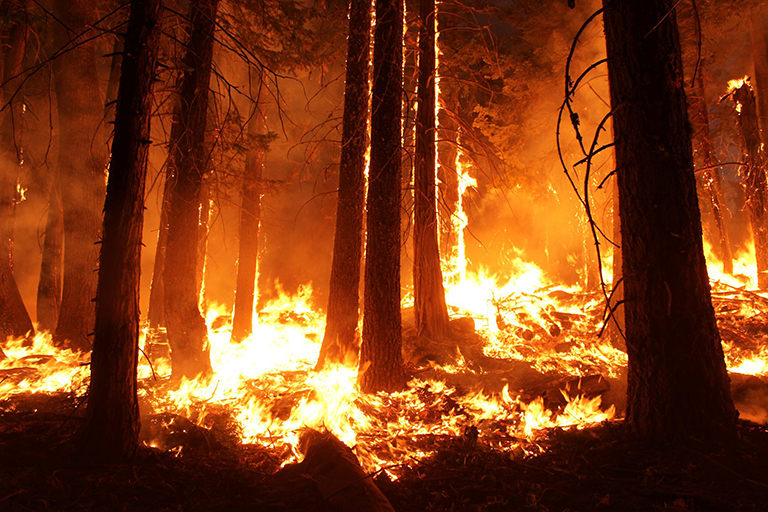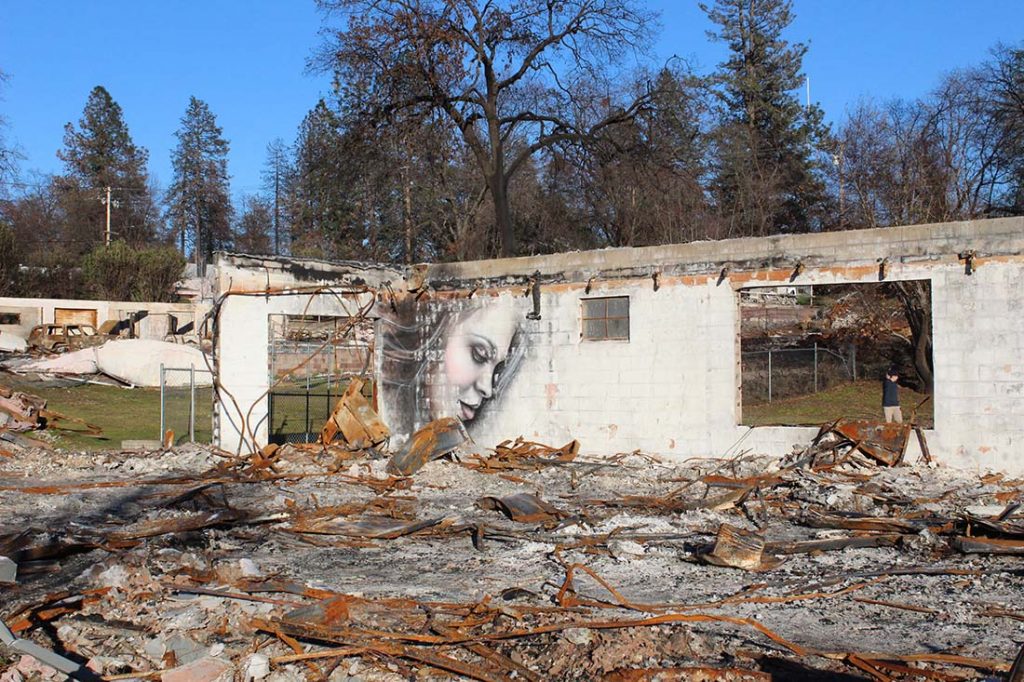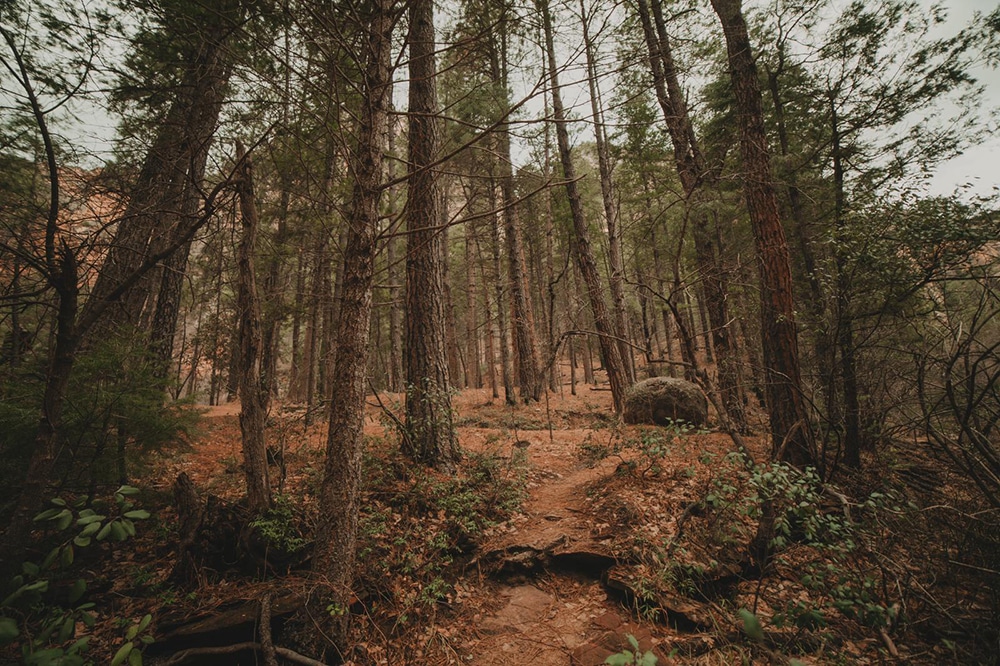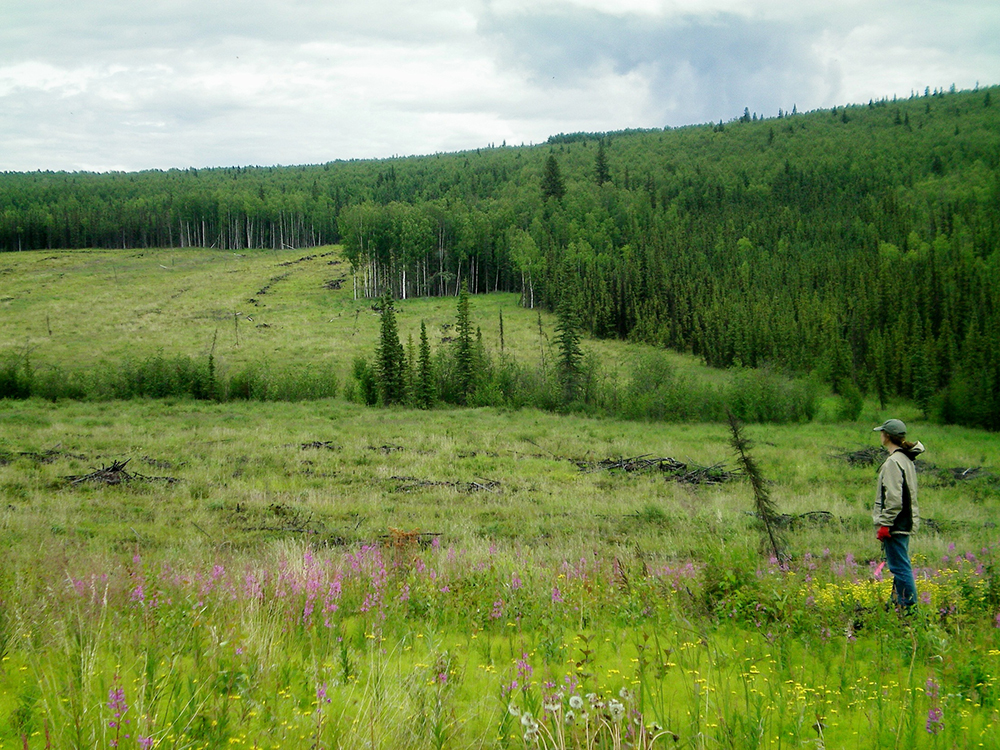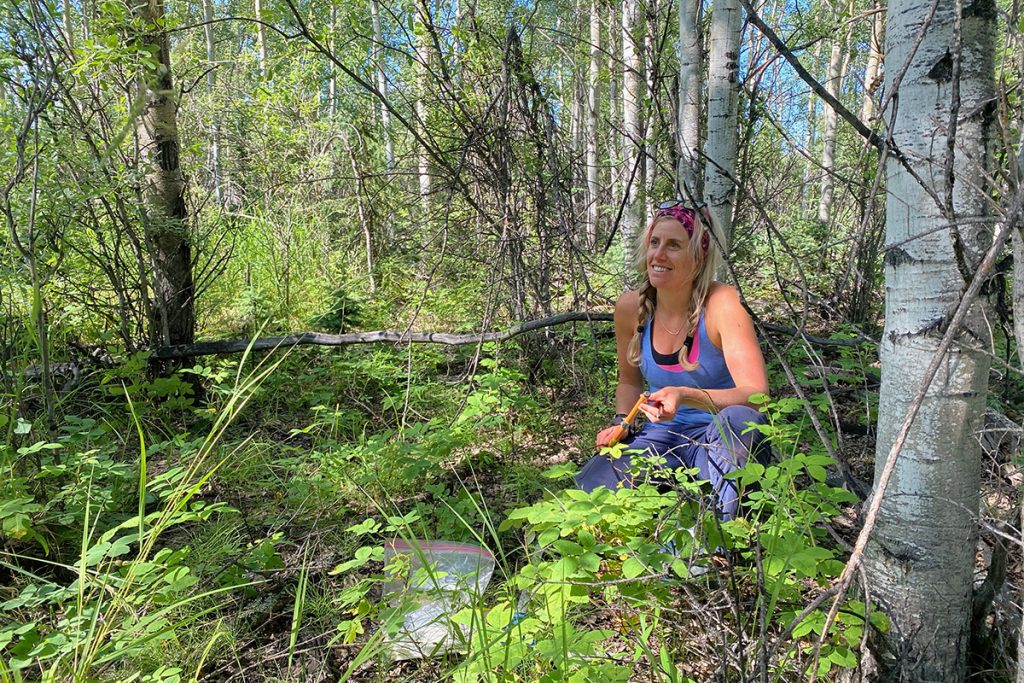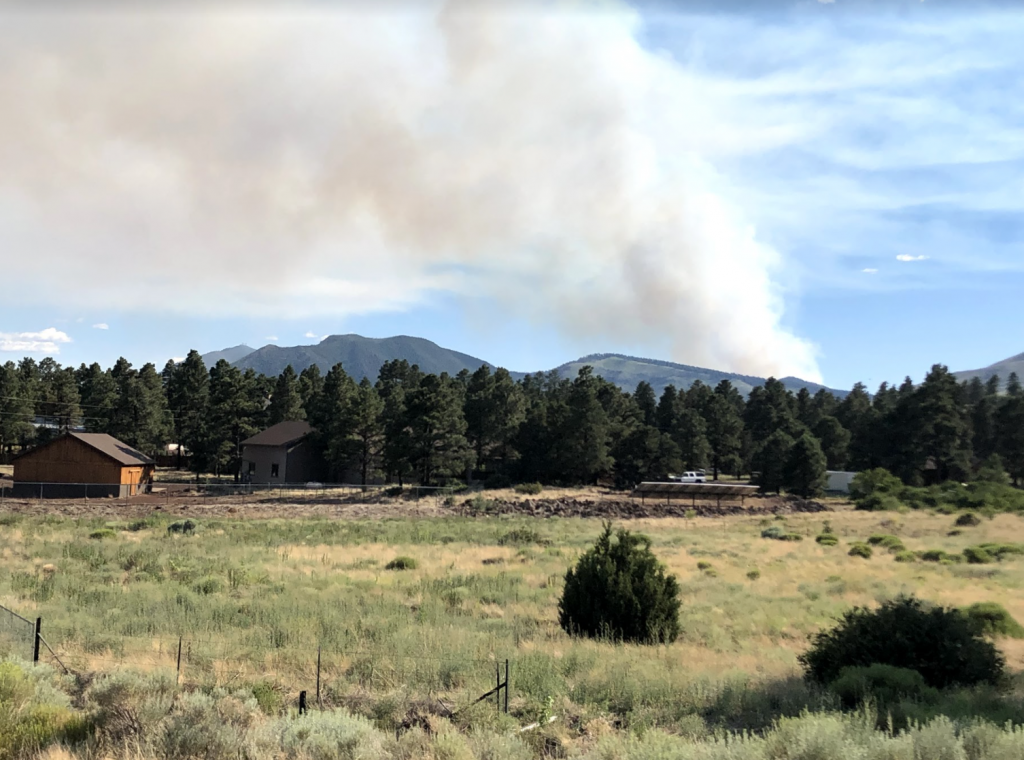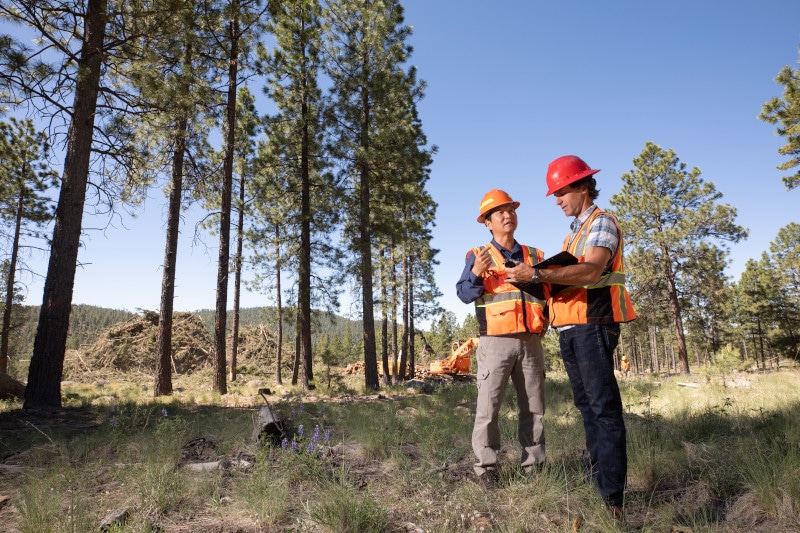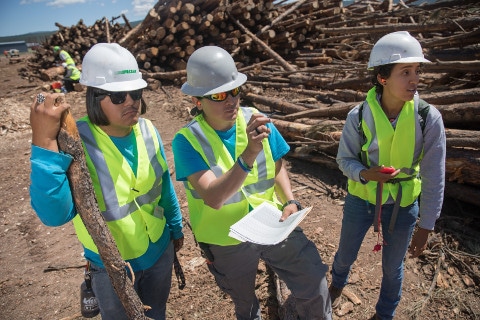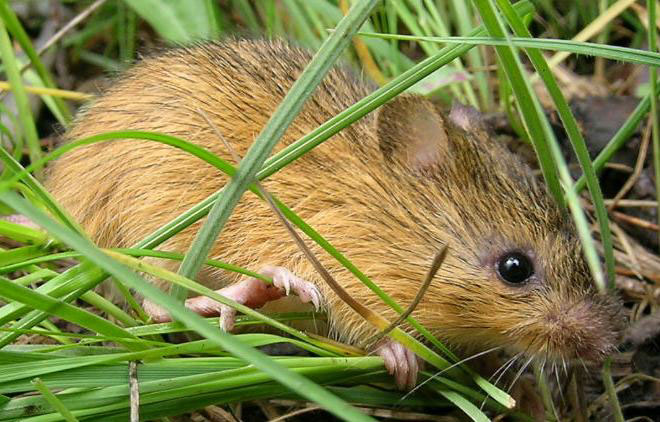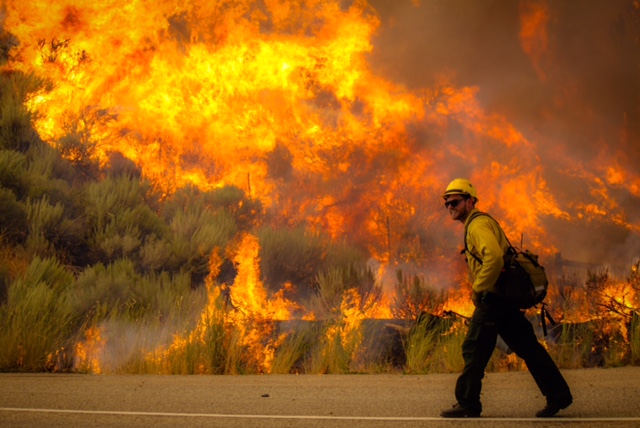In 1985, federal firefighters responded to 82,591 fires in the United States, which burned a total of 2,896,417 acres. The total cost of suppressing those fires was almost $240 million.
In 2020, the number of fires had decreased by a third—but those fires were dramatically more severe. More than 10 million acres burned, and fire suppression costs were a whopping $2,274,000,000—almost 10 times more than just 25 years before, despite the number of fires dropping.
And that’s just federal agencies; it does not account for state and local firefighting activities. This all adds up to a huge cost—not just in money but people losing home, possessions and sometimes their lives; communities having to rebuild; loss of habitat for plant and animal life and increased carbon emissions that contribute to worsening climate change.
NAU has long been a leader in the forest health, ecology and fire management space. For Southwest Wildfire Awareness Week, we look at 10 ways NAU is helping to make the Southwest (and the rest of the continent) safer from wildfires and help ecosystems become more resilient.
Understanding how communities rebuild
Wildfire sociologist Catrin Edgeley studied the 2018 Camp Fire—the most destructive fire in California history—to determine how human communities adapt a fire. Fires are frequent enough that fire managers and city officials should be able to learn from previous fires, but each situation is so different—and the reporting mechanism almost nonexistent—that knowledge doesn’t always get shared in a useful way. Knowing what processes and resources exist and what agencies provide which services can help communities bounce back.
Using unintentional wildfires to manage forest health
We live in a forest; wildfires happen. Researchers at the Ecological Research Institute are working on ways to use wildfires to their advantage. Senior research specialist Mike Stoddard found that managed wildfires can be good for a forest’s ecology; with the right conditions, it may be less expensive than mechanical thinning or prescribed fire. But it has to be managed carefully, and many questions on how to do this most effectively remain unanswered.
Fire-resistant trees? Yes please.
People in fire-prone areas can take specific actions to help protect their homes from wildfires, including, somewhat counterintuitively, planting trees. Regents’ professor Michelle Mack, assistant professor Joseph Little and assistant research professor Xanthe Walker are part of an NSF-funded research project to study how people in the North American West can take action, like replacing highly flammable spruce with hardwood forests, which burn less severely and can slow fires. It’s all about fuel treatments and using natural processes to create less flammable forests. (This is not technically about the Southwest—more Canada and Alaska.)
Replacing human firefighting activity with drones
We’re not yet at a point to replace all firefighters with machines, but we can replace some of the more dangerous recon work. Associate professor Fatemeh Afghah, Regents’ professor Peter Fulé and assistant professor Abolfazl Razi are looking for ways to use drones in tracking forest fires. This will give firefighters better situational awareness, provide updated information and help responders better predict fire activity—all without putting people, or more expensive equipment like helicopters, into the line of fire.
What dirt tells us about fire effects
You expect the release of carbon into the atmosphere during a fire. What you might not expect is where it comes from. Hint: It’s not the trees. Walker led a team from Ecoss that found 90 percent of carbon release during forest fires in the boreal forest comes from carbon stored in soil. This finding changes how researchers model the effects of fire and offer important insights into fuels and emissions. Mack, Scott Goetz and Ted Schuur also co-authored the study.
Saving lives through early evacuation
When to evacuate from an impending wildfire remains a difficult question to answer, but one that can mean the difference between life or death. Edgeley is researching what factors go into people’s decisions to evacuate vs. a more “wait and see” approach. Given how unpredictable fires are, emergency managers need more effective ways to encourage people to evacuate.
Reducing risk, improving economic health
Fires need fuel to burn. What if you can remove some of that fuel and sell it? You get a twofer—forest restoration and economic development. The ERI’s Han-Sup Han is leading a project that aims to turn trees and other forest products into wood business clusters that can turn this resource into a product. This work disproportionately benefits rural markets while making Arizona forests more resilient to destructive wildfires. (Learn more about a pilot project that sells restoration byproducts like woodchips.)
Educating the next generation of foresters and forest users
Understanding forest health and human-forest interaction is a critical part of protecting forests. NAU has a number of efforts in place to educate the community. One unique program was the grant-funded Weyerhaeuser Indigenous Conservation Crew (WICC), which one summer paid six Indigenous students to do forest restoration in the northern Arizona forests, making it safer and better prepared for people who use the forest for recreation, and educate younger Indigenous people about forestry from a place of both scientific and traditional ecological knowledge.
Standing up for disappearing wildlife
What happens when a wildfire destroys your home? For too many animal species who live in fire-prone areas, the answer is endangerment and possibly extinction. Wildlife ecologist Carol Chambers and wildlife geneticist Faith Walker study the endangered New Mexican jumping mouse, a subspecies that only lives in the Southwest. Fire is destroying its habitat, and the two researchers are studying this rodent to learn more about it, and, with a lot of work and some luck, help preserve its existence.
Training firefighters and fire and land managers
Understanding fire ecology can make a big difference in on-the-ground firefighting. To ensure federal firefighters have that knowledge, NAU offers the Fire Ecology and Management Certificate for Professionals. It is one of only two programs offered nationwide and includes students from the Bureau of Indian Affairs, Fish and Wildlife Service, the Bureau of Land Management and the National Park Service. The curriculum offers scientific explanations for much of the fire phenomena firefighters see in their work and helps them apply their real-world experience with what they learn in the classroom.
